Table of Contents (click to expand)
Active noise-cancelling headphones work by making their own sound waves that are 180 degrees out of phase from the ambient sound waves. This causes the two waves to cancel each other out, allowing the listener to hear the sound being played on the headphones more clearly. Noise-cancelling headphones need a battery to create this noise-cancelling effect.
While traveling on a bus, we often tend to pop our earphones in to listen to some good music and pass the time. Unfortunately, it often happens that the ambient noise is so high that instead of listening to the music, we sometimes hear a strange medley of patchy music and irritating noise. At that moment, our eyes enviously wander to someone who can’t seem to stop bobbing their heads, completely lost in their music. In that instant, we know what advantage they have – noise-canceling headphones! We know the feeling, and it’s alright to be a little jealous.
However, all envy aside, have you ever wondered what’s so special about those particular headphones that make them ‘noise-canceling’?
Noise-Canceling Headphones
Noise-canceling headphones are a special type of headphones that minimize unwanted ambient sounds entering your ear through active noise control. Their obvious advantage lies in their ability to reduce unwanted noise and enhance the overall listening experience.
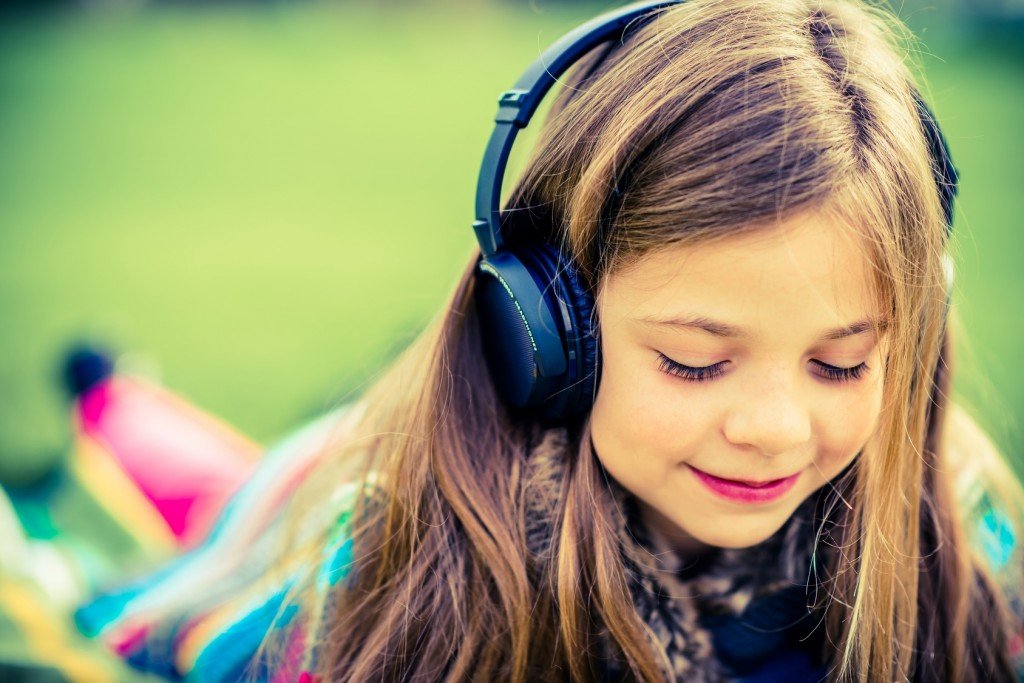
Listening to music with noise-canceling headphones is a wonderful experience, as they enable you to listen to music without having to increase the volume to uncomfortably high levels (which can negatively affect your ears and hearing). These types of headphones are also used by aircraft crew to listen to vital announcements and other pieces of information with much more clarity in the noise surrounding an aircraft.
Also Read: Why Are Noise-Canceling Headphones Less Effective At Blocking High-Pitched Sounds?
How Do Noise-canceling Headphones Work?
While listening to music on a pair of noise-canceling headphones, you can immediately sense how awesome they are, as they almost completely block out any unnecessary sound waves from entering your ears. However, if they’re so effective, why can’t regular headphones be noise-canceling in nature?
Also Read: How Do Headphones/Earphones Work?
Passive Noise-canceling
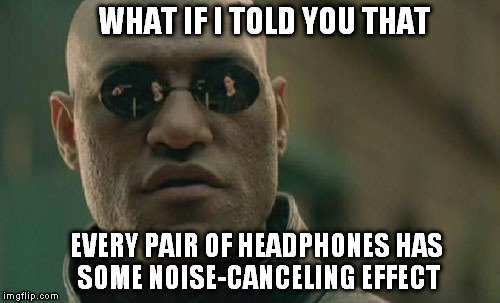
Almost every pair of headphones provides some protection against unwanted noise due to the material itself. The basic design and material block out certain sound waves, especially high-pitched ones (shrill, high-frequency sounds). That being said, the best passive noise-canceling headphones are more specially designed; these headphones have multiple layers of high-density foam (or some other noise-absorbing material) packed inside them. They reduce the noise by 15-20 decibels, but on the downside, they are slightly heavier than regular headphones.
Although these headphones do improve your listening experience, when you are inside an airplane cockpit listening to important pieces of information that could affect the lives of hundreds of people, you need something even stronger.
Active Noise-canceling
In addition to everything that passive noise-canceling headphones do, active noise-canceling headphones take noise reduction to a different level altogether. Their design is such that not only do they have all the noise-absorbing materials packed inside them, but they also employ a novel technique to compensate for the noise coming in.
They Make Their Own Sound Waves!
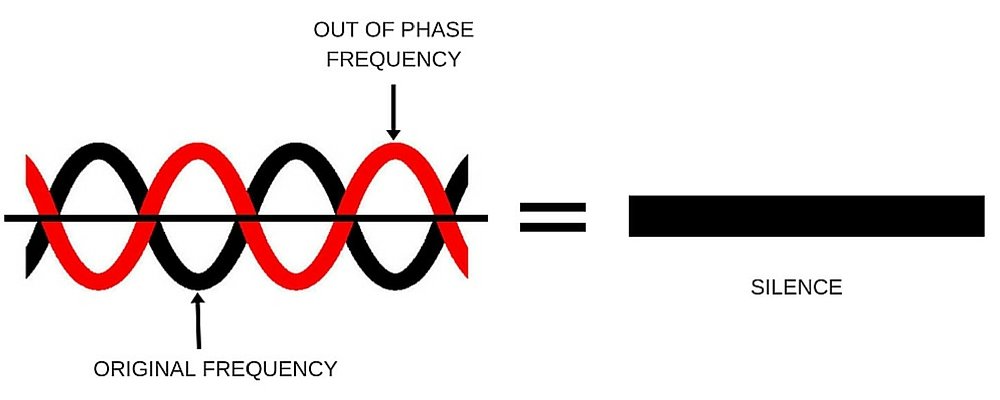
The moment an ambient sound wave (noise from the surroundings) hits this type of noise-canceling headphones, the headphones create their own sound wave that is very similar to the ambient sound waves; the only difference is that the waves the headphones make are 180 degrees out of phase from the ambient sound waves.
In other words, they make sound waves so that the new crests superimpose on the trough of the ambient waves, and the new troughs superimpose on the ambient crests. Check out the figure below for more clarity:
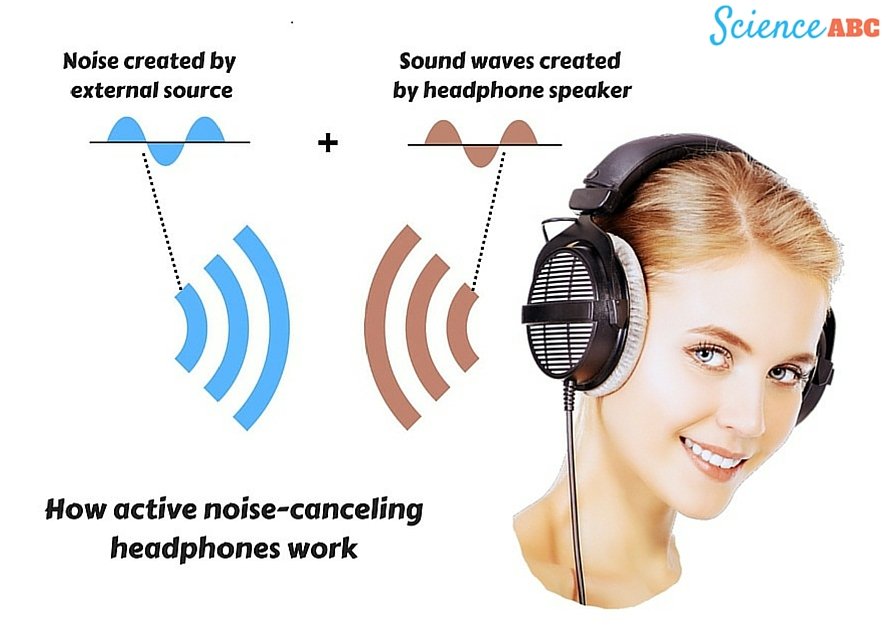
This means that these two ‘oppositely oriented’ waves cause destructive interference and cancel each other out completely. As a result, the listener can clearly hear the sound (e.g., an important message, a music piece) being played on the headphones.
Since these headphones create their own waves, they need an energy source to do so. This is why noise-canceling headphones come with a battery (rechargeable batteries have become quite popular today) that help to create this noise-canceling effect.
While these types of headphones help to hugely improve your music-listening experience, they also play a significant role in the aviation industry and military operations. Furthermore, they are said to reduce fatigue caused by prolonged exposure to low-frequency noise.
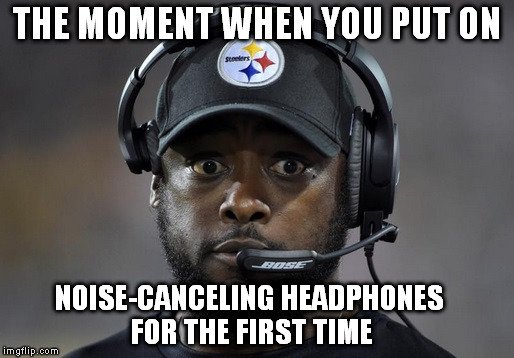
With further design tweaks and improvements, noise-canceling headphones will likely become much more inexpensive than they are today. I reckon that for people who can’t seem to live without listening to music on their headphones, getting their first pair of noise-canceling headphones will definitely be a dream come true!
How well do you understand the article above!

